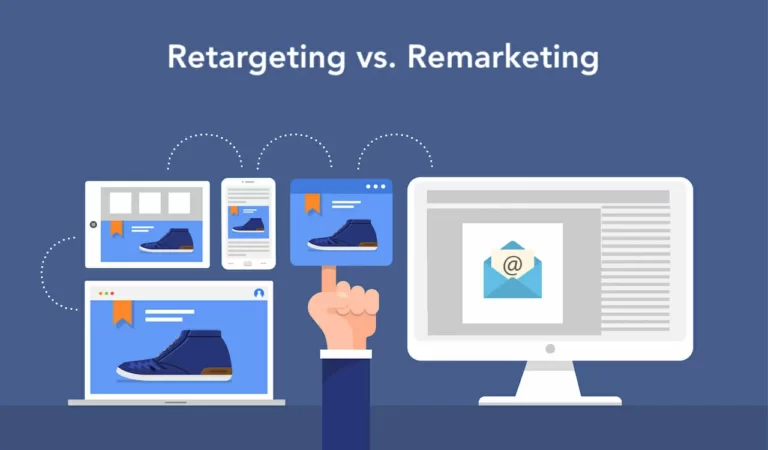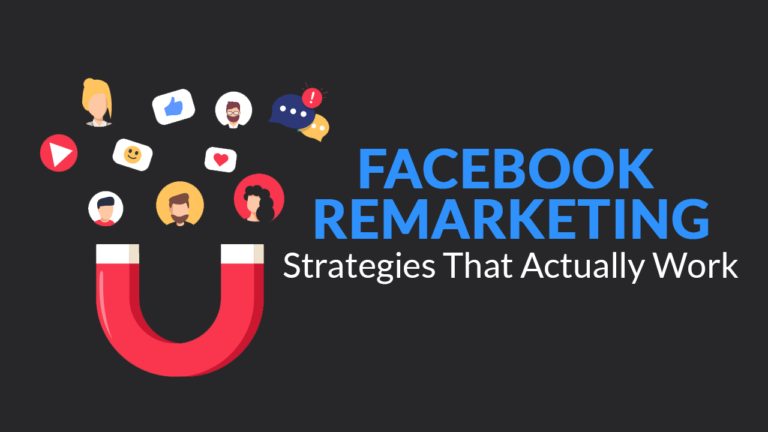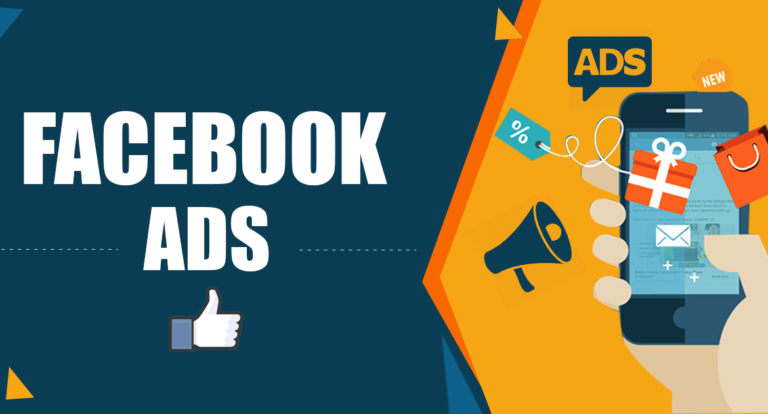
8 Must Have Things For Your Website. Know All Of Them Here
Do you have a website? Don’t Know about the features of a good website? Or Do you have an eCommerce website? Unaware of eCommerce website features? Or Unaware of the dynamic website features? So here all the answers to your question are present. Making through numerous websites and coming to the First page of the search engine where visitors come in contact with your website is very difficult. However, Once a visitor lands over your website page, you need to offer engaging content so that visitors remain on your page. Further, you have to influence visitors so that he/she can be converted into leads. Now, you are wondering what type of things do you require to have on your website to attain all this? For attaining a goal to fall under a good feature of the website list. So, Let’s go deeper and see the Top 8 things every website must have: One of the initial problems people face is that it’s difficult to update their website. Either they are impotent to do it themselves or they need to hire out website management and maintenance, however, it is fine, except that when a commute is required, it occasionally takes a sizeable amount of time for it to come into effect. There are several inherent, easy-to-use, and updated Content Management Systems (CMS) that have a scope to change and are widely known to developers, like WordPress, Joomla, Drupal, ExpressionEngine, and many others. A responsive website is a website formulated to commute its look as per the device it’s seen on. For instance, if a customer lands on your website at their desktop, and then switches to their phone, the site will not just appear desktop-sized on the smaller screen – that would look compact and disorganized. A responsive design rationalizes your site and makes it easy to read on a smaller gadget. This element of a website is vital because more and more people search over the internet, shop, and socialize over their gadgets, and your website must permit them to simply switch gadgets without losing them. Once your audience lands over your website, properly organize your websites in a way so that visitors can find where they want to go within seconds. A drop-down navigation bar at the top of your site is a general format and a very simple way to place the pages and links over your website. Make a plan for your sitemap systematically, then ensure that each link goes to the right page. Broken links or links that misdirect visitors will lead them to lose interest in your site or become irritated and at last leave the site. Before you start a site redesign, think thoroughly about how you want your brand showcased. Moreover, Apply a color scheme, font, the type of graphics and photos, how much content and empty space you will utilize, the tone of voice and message of your brand. Further, All of these elements go into generating a coherent identity that will strongly inform your audience of who you are and what you do. Unorganized brand identity will leave your audience unsure of and they will be unable to connect to your company. Every page placed over your website should have efficient, comprehensive, and keyword-rich content. Search engines crawl sites to search for content that is readable, valuable, and updated frequently and then place those sites up higher in results than those that don’t. So be it any page – be it service listings, pricing, history, testimonials – ensure that you have appealing, practical, and informative content over the website. As discussed earlier, search engines consider sites with high-quality content that’s updated consistently. The most effective way to make sure your site comprises this key feature is to establish a business blog. To make search engines favor you, publish content consistently, keep your website up to date with plagiarism-free content, and publish informative content that places your business as a thought leader – that’s some high-quality content. Being vigilant regarding what you desire your site audience to do assists them directly and eases confusion. Throughout your site, be particular. Whether you desire your audience to subscribe to your blog, fill in a contact form, download content, and so on. Use impactful, active, and urgent language (Buy/Donate/Register/Subscribe/ Download Now). Further, place a call-to-action on all the pages placed on the website. Does your business have an address, phone number, and email placed in a footer. Moreover, make sure that it appears on all the pages placed over the website. Place in a manner that your audience knows where to go on your website. They will acknowledge how to get a hold of you. You can also publish a “Contact Us” page. In addition to your footer, making it clear that you appreciate feedback, questions, and customer interaction. EndNote: Follow all the above-mentioned elements in your website to rank under an effective feature of a good website. Placing all these elements on your website helps you to generate organic traffic over the website.






